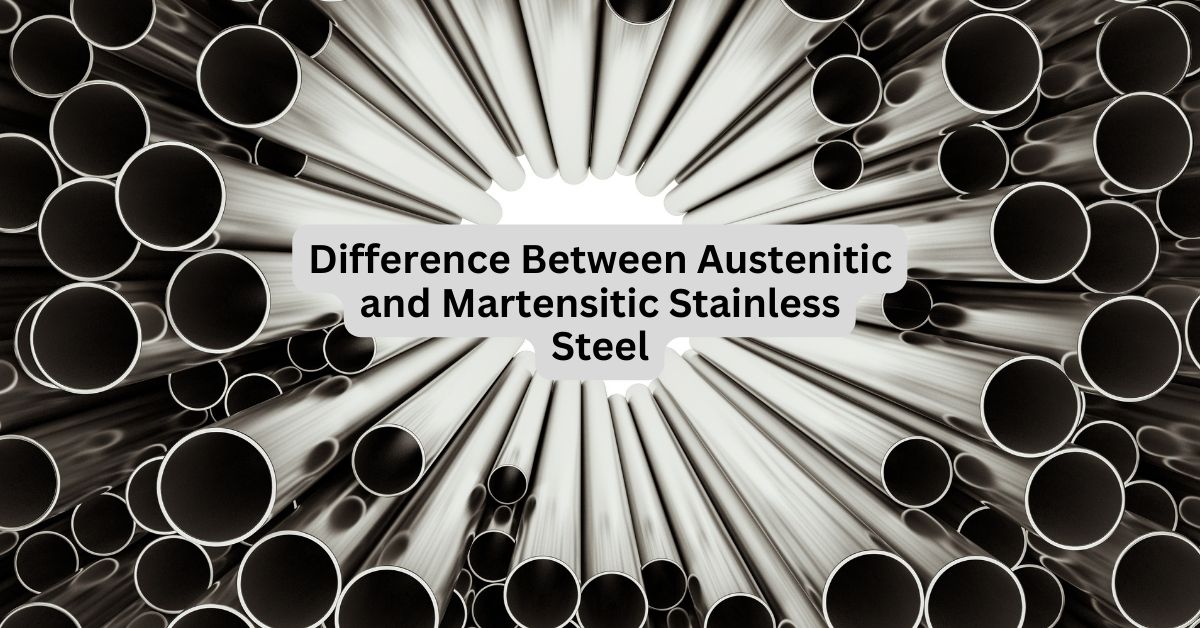The first difference between Austenitic and Martensitic Stainless Steel is their primary structure design. So, while the former displays a face-centered cubic structure the later variant of stainless steel has a body-centered cubic structure. Apart from that there are several other factors that contribute to the difference.
We will be covering these factors in detail below. Hence, make sure to read until the very end. But before that let’s have a look at these two variants of stainless steel.
What is Austenitic Stainless Steel?
Probably one of the strongest and corrosion-resistant alloy forms of stainless steel, the austenitic stainless steel is also the most commonly used steel type. Thanks to their face-centered cubic body design, they exude the best form of durability, high corrosion resistance and superb mechanical properties. All of these factors go into making them as one of the most widely used steel types for tasks with tougher work requirements.
The Austenitic Stainless Steel often finds its use in pharmaceutical, food and beverage and even aerospace, given their durability and non-magnetic character. However, with the growing market, many other industries are also using this particular steel variant for individual purposes.
Generally depending upon their composition, these steel variants can be categorized into many groups. Amongst them, Type 304 (UNS S30400) is the most frequent form of the stainless steel alloy.
What is Martensitic Stainless Steel?
The second popular form of stainless steel alloy, the Martensitic Stainless Steel exhibits a body-centered cubic body structure. This makes it one of the first differences between the two stainless steel types.
Similarly, another difference between Austenitic and Martensitic Stainless Steel comes in its composition. Unlike the former stainless steel type, this one has more chromium to it, and nil or very little nickel quantity. This gives them the extremely high strength which comes handy in many industries, but there are a few downsides to this composition too.
For instance, Martensitic steel undergoes faster reduction in its ductility and toughness when they are strengthened by hardening. This is mostly because the process of hardening requires further addition of other compatible alloys onto the Martensitic stainless steel alloy. So, as a result, the add-ons gradually reduce their overall strength, and therefore a proper mixing is a must.
What is the difference between Austenitic and Martensitic Stainless Steel?
Apart from their variable crystal structure and composition type, Austenitic and Martensitic Stainless Steel also have many other noteworthy dissimilarities. To make them easy to understand, we have compiled them into an easy-to-understand tabular form.
| FACTORS | AUSTENITIC STAINLESS STEEL | MARTENSITIC STAINLESS STEEL |
| Definition | A stainless steel alloy with superb corrosion resistance and exceptional mechanical properties | A stainless steel alloy with very low corrosion resistance and good mechanical properties |
| Composition | Major components include- Iron, Chromium, Nickel, and Carbon | Major Components include- Iron, Chromium, and Carbon. Doesn’t usually contain Nickel |
| Chromium Content | 16-25 % | 11.5-18 % |
| Tensile strength at 20℃ | 200-600 MPa | 700-2000 MPa |
| Thermal Conductivity at 20℃ | 10-25 W/(m.K) | 15-30 W/(m.K) |
| Melting Point | 1375-1450 ℃ | 1370-1480 ℃ |
| Magnetic Properties | Diamagnetic | Ferromagnetic |
| Crystal Structure | Face-centered cubic structure | Body-centered cubic structure |
| Application | Mainly used in aeronautics, pharmaceuticals, food and beverages, etc | Used frequently for designing cutlery, bearing balls, creating knives, etc |
Final Thoughts
So, when it comes to choosing the winner between the two stainless steel alloy types, the final answer will depend upon the requirements. Both the alloys play a crucial role in a plethora of industries and therefore there is no ultimate winner.
At differencio.com, we regularly update interesting differences between a number of must-know things. If you are a curious reader, then do subscribe to our mailing list and stay up-to-date on all our recent releases.







